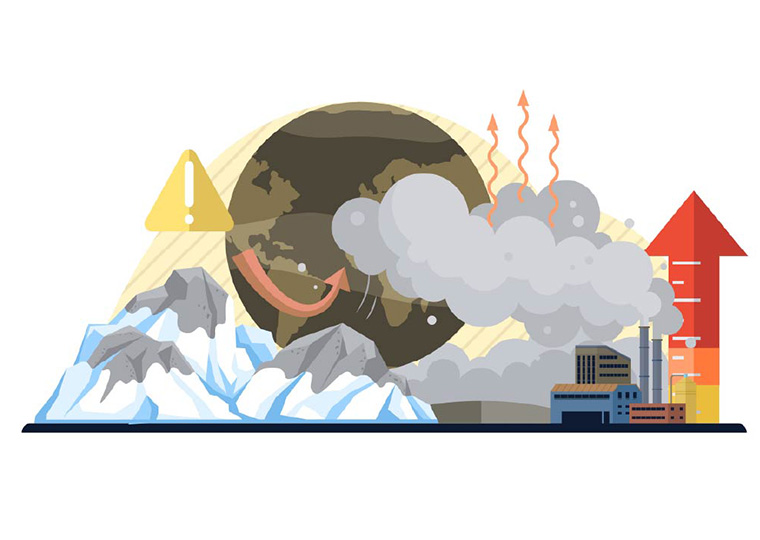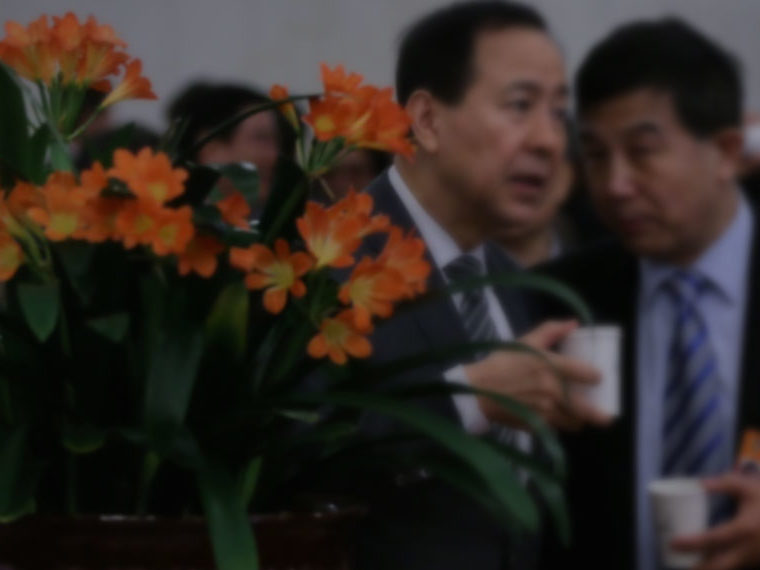Investors initially underreact to volatility, then overreact
In the tidy world of investment theory and asset pricing models, investors taking on higher risk are justly compensated with a higher expected return, and those who’re conservative with their money, insisting on lower risk, must accept lower expected returns.
Day-to-day action in actual markets doesn’t always conform to those comforting rules, however. And in a working paper, issued by the National Bureau of Economic Research, UCLA Anderson’s Lars A. Lochstoer and Tyler Muir explore how and why the risk-return relationship in real life deviates from this linear relationship. They build a model to take into account actual investors’ expectations about risk and how those play out over time.
In the classic capital asset pricing model, or CAPM, when risk rises or falls, expected returns should move in the same direction. Yet data shows that when there is a shock to the market and volatility, which is a measure of risk, suddenly rises, what often happens is that prices, and thus expected returns, are slow to react to the change in risk.
And then, further complicating matters, once expected returns do react, they tend to overshoot due to a delayed reaction to the spike in risk.
The initial delayed reaction, and the subsequent overreaction, means that expected returns are slow to revert to levels reflecting the current risk. Like other market inefficiencies, this also creates investment opportunities for those who observe the phenomenon.
To develop a measure of investor risk expectations, Lochstoer and Muir use data from the quarterly Graham and Harvey CFO survey and the Shiller survey. The first is a set of expectations about stock prices for the coming year; the second records opinions on the probability of a market crash within the next six months.
Their analysis suggests that investor expectations stay anchored to past market risk levels relative to current risk levels. They surmise that this overweighting of older risk levels and underweighting of current risk levels is what causes the initial underreaction to the changing level of risk.
To build on these initial findings, the researchers then examined the pricing of three derivative instruments that reflect risk expectations and whose price changes over time as actual volatility is recorded. For example, an owner of a volatility swap will receive (or owe) a payoff on a future date based on the difference between the market’s actual volatility level at that date and an agreed upon volatility level called the strike. The pricing of the volatility swap reveals investors’ expectations for future volatility levels.
The findings by the researchers suggest that the same dynamic of overweighting older risk levels and underweighting recent levels occurs in these derivative instruments. When investors underreact to an increase in risk, the volatility-based market instruments — which might be used to hedge against or speculate on market moves — are underpriced or too cheap. As investors who believe there’s a more persistent effect from a shock than actually occurs later overreact to current risk levels following a previous spike in risk, the prices for the volatility-based instruments become too expensive. The greater the degree of underreaction or overreaction, the greater the degree of the mispricing.
Lochstoer and Muir are measuring reactions of the entire marketplace. It may be the case that more sophisticated investors update their beliefs about risk more rapidly, while less sophisticated investors update more slowly.
Shocks to the market come in all sizes, from the major shock of a pandemic to the smaller shock of a worse-than-expected economic report. These various shocks are ongoing throughout time, potentially causing a temporary mispricing in the market at any time. There’s no confirmation yet whether investors react to negative shocks differently than positive shocks; the researchers’ current model treats all shocks symmetrically.
The researchers provide a model incorporating investor risk biases that may account for the weak risk-return trade-off where other asset pricing models cannot.
Featured Faculty
-
Lars Lochstoer
Associate Professor of Finance
-
Tyler Muir
Associate Professor of Finance
About the Research
Lochstoer, L. A., & Muir, T. (2020). Volatility expectations and returns. National Bureau of Economic Research.





